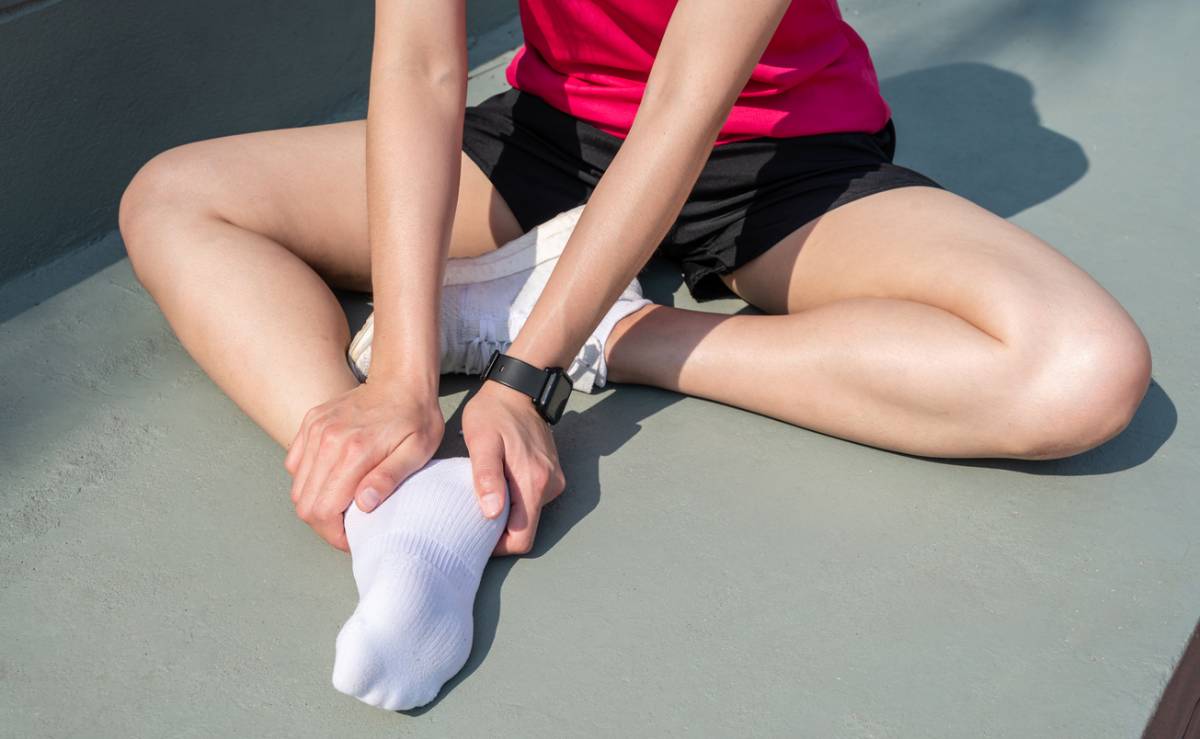Heel spurs are the result of calcium build-up underneath the heel bone, and they’re fairly common. About 10% of the general population has heel spurs. Fortunately, the vast majority don’t have any pain or other associated symptoms as a result of their heel spurs. The other 5% of people with heel spurs aren’t so lucky.
How Long Do Heel Spurs Last?
For those who have painful heel spurs, it’s perfectly fair to wonder how long the pain will last. Sadly, the answer isn’t an easy one. The heel spur itself is a permanent fixture. You may have a minimally invasive heel spur surgery to remove the calcification, but surgery is typically a last resort. In most cases, your heel doctor will guide your through a series of heel pain treatments to address the underlying issues.
The Types of Heel Pain Treatment
Several non-surgical treatments can be used to address heel pain. In most cases, they are combined with the use of over-the-counter pain medications under your doctor’s direction until the treatments have eradicated the associated pain. These are the five most common heel pain treatments used prior to undergoing surgery.
Orthotics:
Your doctor may suggest a different shoe type or the use of an orthotic insert. This heel pain treatment is designed to provide excess cushion for your heel. A well-chosen orthotic insert will prevent your heel spur from colliding with a hard surface, which is likely the root of your pain if you do not also have plantar fasciitis.
Stretching:
Tense muscles can really aggravate heel pain, especially if you have plantar fasciitis in combination with your heel spurs. Specific stretches, such as a calf stretch and plantar fascia stretch can help to reduce inflammation and pain in your heel. These stretches are especially important if your pain is worse when you first get out of bed. In severe cases, your doctor may suggest the use of night splints to keep your toes from pointing while you sleep.
Physical Therapy:
We employ physical therapy when stretching and orthotics alone do not prove enough. In many cases, patients simply don’t know how to do the proper stretches and movements to maximize their results. A licensed physical therapist can guide you through activities that will give you more flexibility in the tendons and muscles around your heel.
Corticosteroids:
These anti-inflammatories are injected by your doctor to rapidly reduce inflammation and pain. As always, you will want to make sure your doctor is aware of any and all medications you are taking to ensure there’s no conflict. In most cases, corticosteroids provide powerful relief.
Evaluating the Surgical Options
Most doctors will only consider surgical options after twelve months of non-surgical treatment because more than 90% of heel pain patients see results within ten months of treatment. However, if it has been a year and you’re still in pain, your doctor will suggest surgery. The good news is that heel spur removal doesn’t have to be as invasive as it used to be.
Keyhole surgery is a minimally invasive option that allows your board-certified surgeon to remove your heel spurs with the least amount of scar tissue and the fastest recovery. Essentially, your surgeon makes a very small incision. He then uses x-rays throughout the process to remove your heel spur through that tiny incision. As a result of this method, you can actually put weight on the heel immediately after surgery once you’re fitted in your post-operative footwear. Overall, patients tend to make a complete recovery in 2-6 weeks depending on their general health, age, and activity level.
